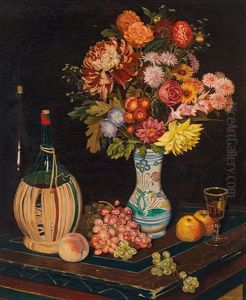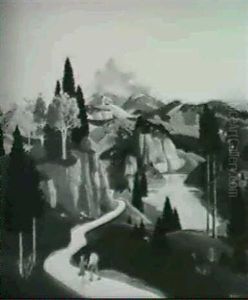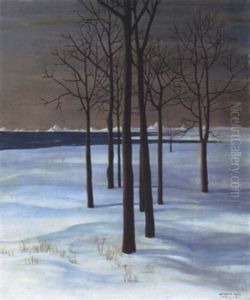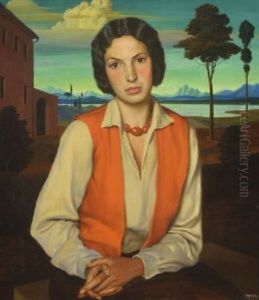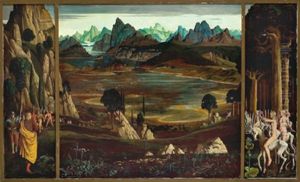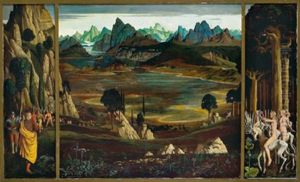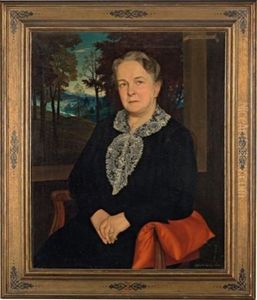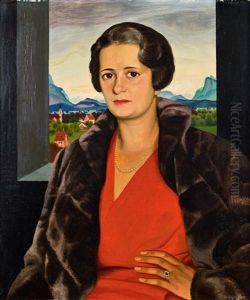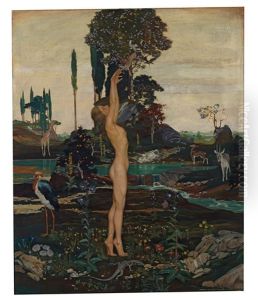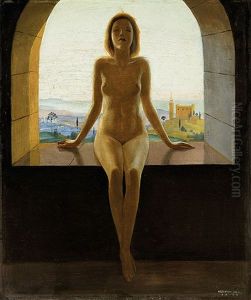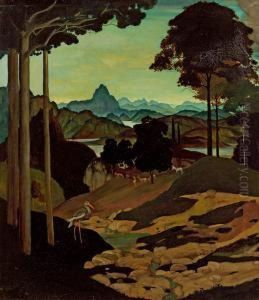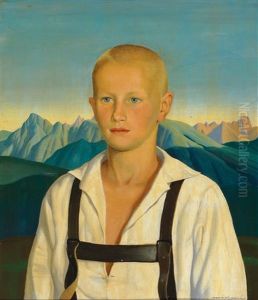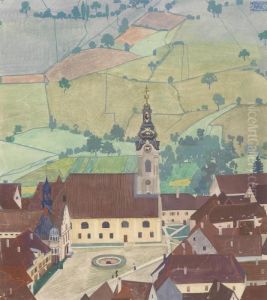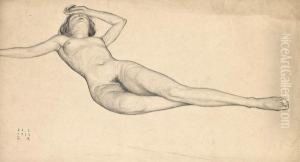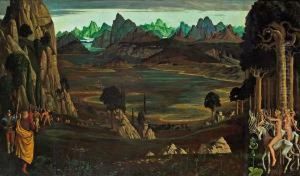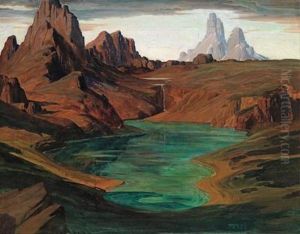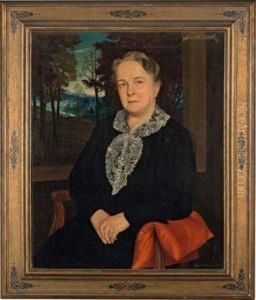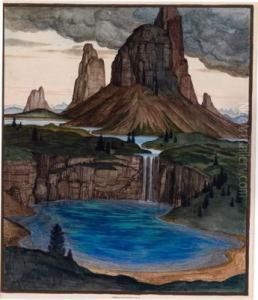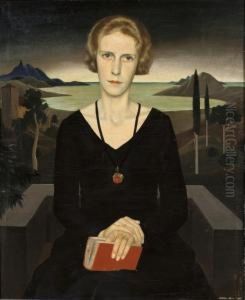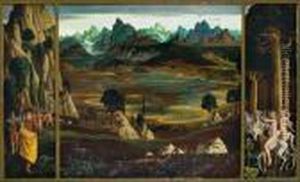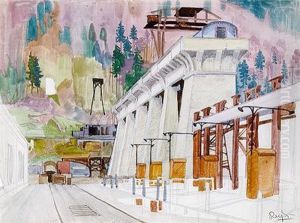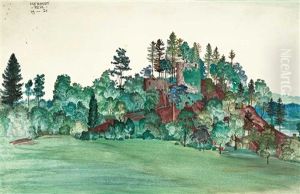Herbert Reyl-Hanisch Paintings
Herbert Reyl-Hanisch was an Austrian painter and graphic artist, born on July 9, 1898, in Vienna, Austria. He is known for his distinctive style that melds elements of New Objectivity, Expressionism, and Art Deco, reflecting the complex cultural and social changes occurring in early 20th-century Europe. His work often explored themes of social critique, the human condition, and the beauty found in nature, executed with a keen eye for detail and a bold use of color.
Reyl-Hanisch's early years were marked by his education at the Vienna School of Arts and Crafts (Wiener Kunstgewerbeschule), where he was influenced by the teachings of notable artists such as Oskar Kokoschka. His artistic career was temporarily interrupted by his service in World War I, an experience that deeply impacted him and later influenced his art, introducing themes of tragedy and human suffering.
After the war, Herbert Reyl-Hanisch became an active participant in Vienna's vibrant artistic community, contributing to the development of modernist art in Austria. He was involved with various artist groups and exhibitions, which helped him gain recognition and establish himself as a significant figure in the Austrian art scene. His work from this period includes a mix of portraits, landscapes, and allegorical compositions, showcasing his versatility and depth as an artist.
Tragically, Reyl-Hanisch's life and career were cut short when he died on June 9, 1937, in Vienna, at the age of 38. Despite his relatively brief career, his contributions to Austrian art have been enduring. Today, Herbert Reyl-Hanisch's work is celebrated for its unique blend of styles and its insightful commentary on the human experience. His paintings and graphic works are held in various collections and museums, continuing to inspire and captivate audiences with their beauty and complexity.
